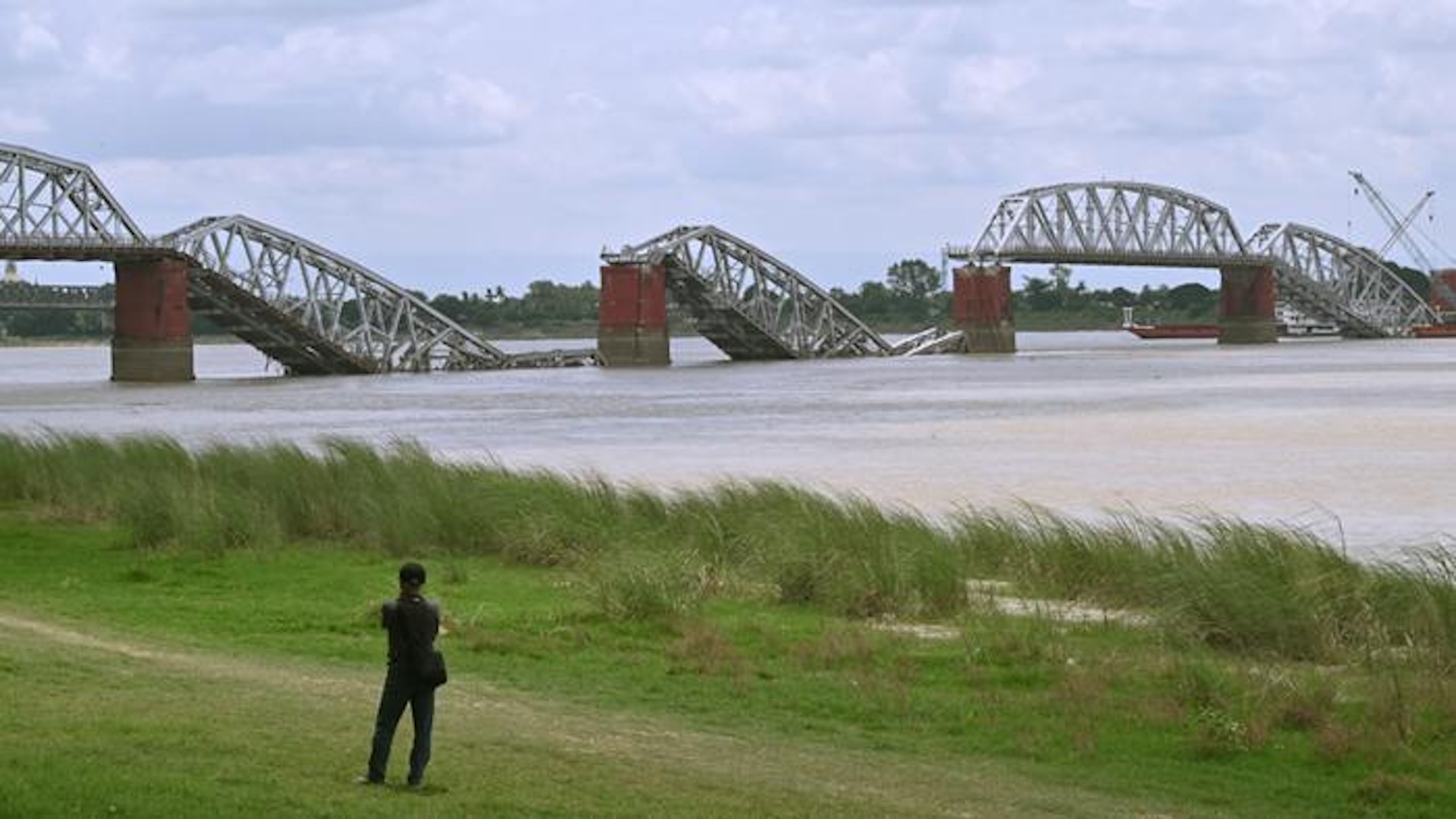Degraded Oil From BP Spill Coats Gulf Seafloor
NEW YORK - Now that BP's Deepwater Horizon oil well has been sealed, the long, hard work of assessing the damage begins even as the oil is dispersing throughout the Gulf.
A research team from Columbia University in New York returned this past weekend (Sept. 17 to 19) from a tour of duty in the Gulf of Mexico with new data to attempt to measure the location and magnitude of subsurface oil plumes, and their effects on the marine ecosystem, which have recently been the focus of much debate.
They found oil on the seafloor, evidence that it may be in the food chain, and signs that it may be hidden in large marine mammals. In spots, the "oily snow" — degraded oil and other organic material that clings to it — was up to 6 inches (15 centimeters) deep on the seafloor, said Columbia oceanographer Ajit Subramaniam.
"The idea that the oil is degraded and therefore doesn't matter is something we have to think about differently," Subramaniam said at a talk here today. "This is one of the first findings that showed degraded oil material collected on the seafloor."
When this gunk starts to pile up on the sea floor, the entire food web is at risk, the researchers said. The oceanographers also discovered discolored zooplankton, which eat the food chain's primary producers – phytoplankton – near oily clouds, Subramaniam said. The full analysis of the effects to the food chain, however, will take several months.
While the deep-ocean effects are largely out of sight, the Gulf's large mammals — including whales and dolphins — were also hit hard by the oil spill. Yet the true impact may take years to uncover.
"We really don't know much about the effect of the oil spill in cetaceans, because the effects are likely to be long term," said marine mammal expert Martin Mendez of the American Museum of Natural History in New York.
Get the world’s most fascinating discoveries delivered straight to your inbox.
Scientists have found 89 dead dolphins and one dead whale in the Gulf since the oil began pouring into the Gulf, Mendez said.
Of the dolphins, one-quarter will undergo necropsies so scientists can say for sure whether or not they died because of the oil. The whale was found floating far from the wellhead and was degraded to the point that a necropsy could not be performed. Something has clearly gone wrong however, because 89 dead dolphins is about 10 times the amount typically found in the Gulf over a similar time period.
The Columbia oceanographers' data will help researchers track the physical and ecological impact of the Deepwater Horizon oil spill. When BP's oil rig exploded off the coast of Louisiana on April 22, the ruptured oil well began emptying an estimated 136.4 tons of oil a day into the Gulf of Mexico, resulting in the largest oil spill in U.S. history.
After a relief well was drilled to intercept the well, the gusher was finally sealed on Sept. 18 with a blast of cement to cap the busted pipe.
An estimated 4.4 million barrels of oil (205 million gallons) have leaked into the Gulf since the spill began, but little oil has squirted out since July 15, when a cap was installed and sealed on the wellhead.
- Gulf Oil Spill: Animals at Risk
- The Worst Petroleum Disasters Ever
- Top 10 Worst Oil Spills
Brett Israel is a staff writer for OurAmazingPlanet, a sister site of LiveScience.


